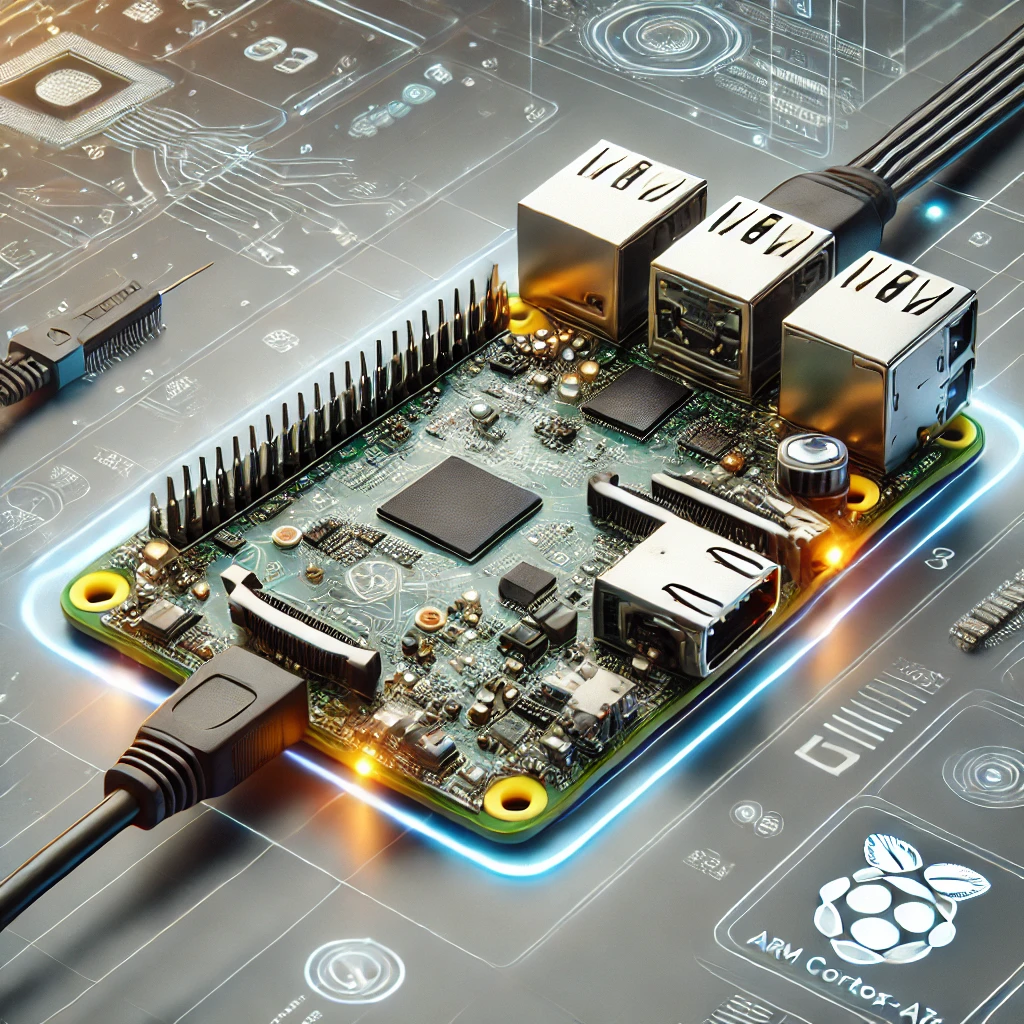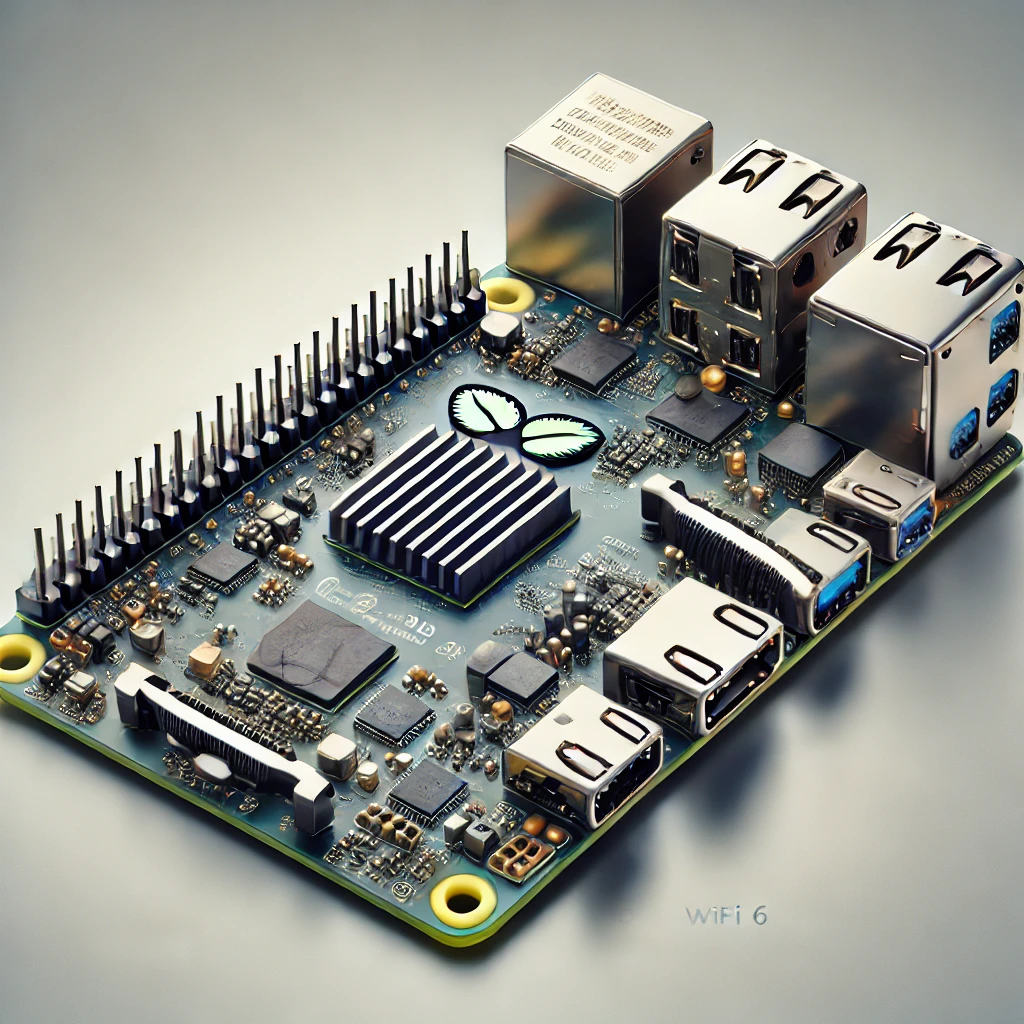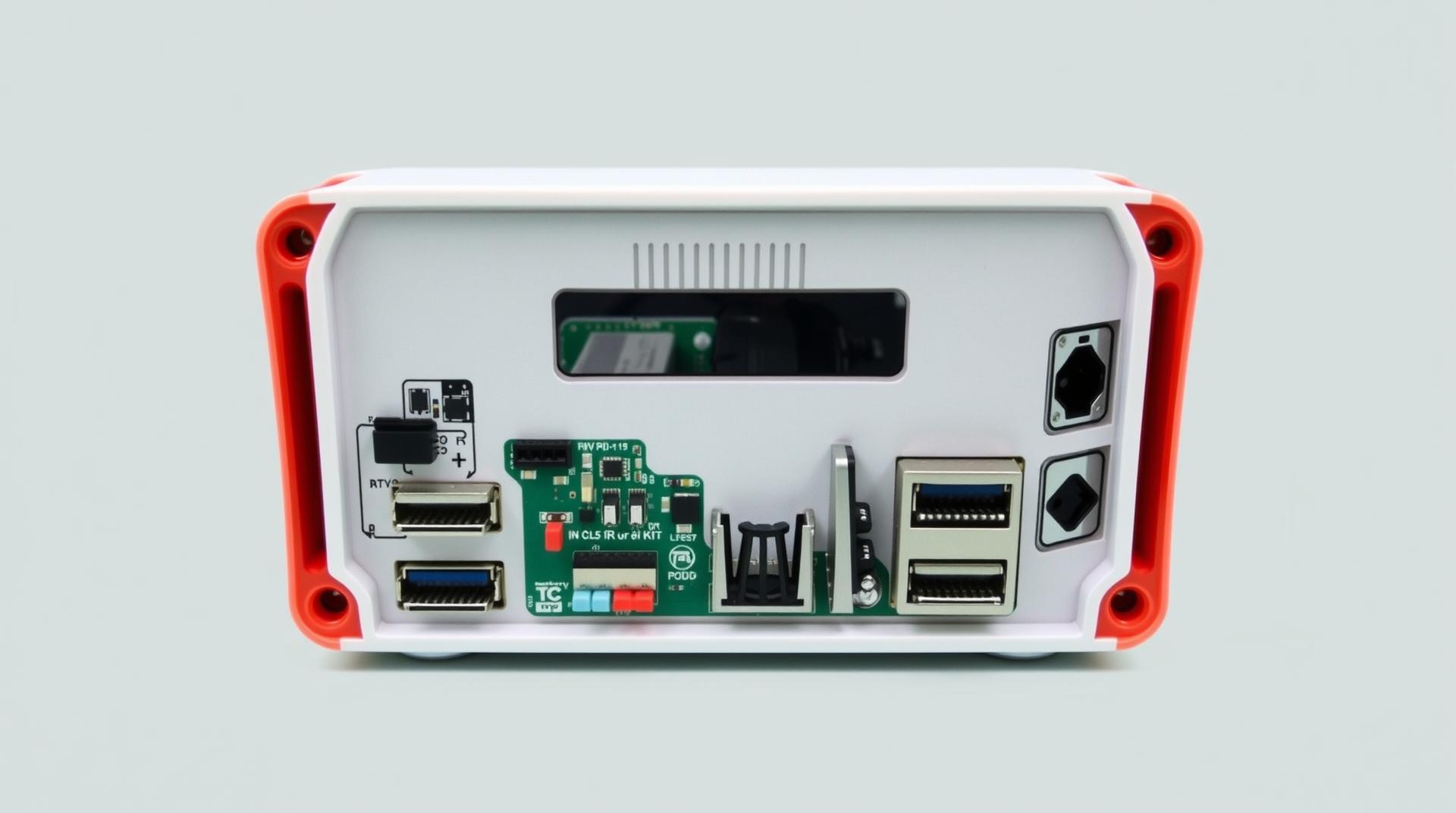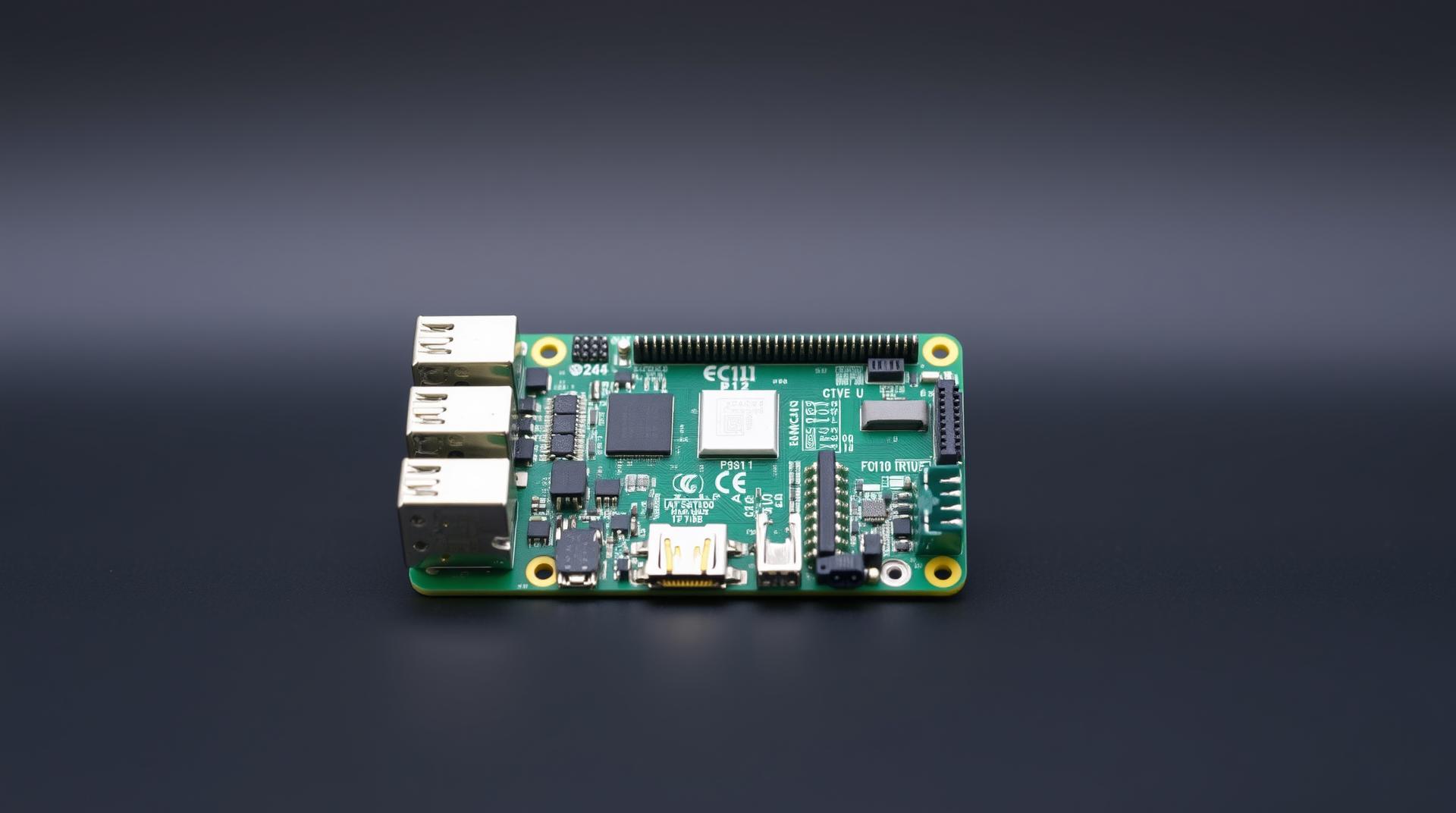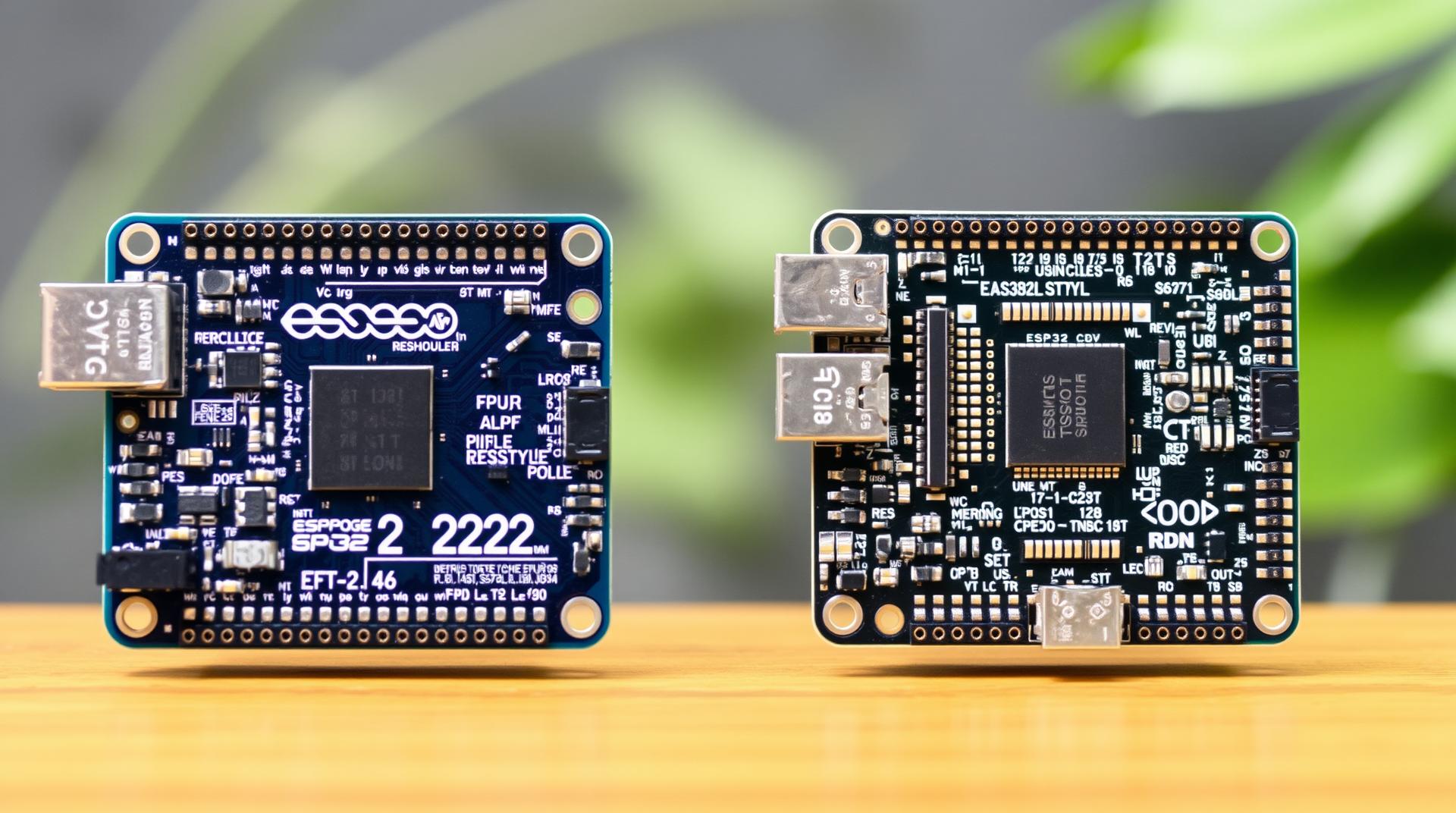The Raspberry Pi 5 is here, and it’s powered by a robust new CPU that pushes the boundaries of what you can achieve with this compact device. Whether you’re a hobbyist or a professional, the upgraded processing power makes the Raspberry Pi 5 an ideal choice for everything from AI projects to home automation systems. In this article, we will dive into the details of the Raspberry Pi 5 CPU, exploring its enhanced features, performance benchmarks, and what this means for developers and users.
The Upgraded CPU: What’s New?
The Raspberry Pi 5 comes equipped with a quad-core ARM Cortex-A76 CPU clocked at 1.8GHz, delivering significant speed and performance improvements compared to its predecessors. This new CPU architecture enhances processing power, making it possible to handle more complex tasks, such as AI computations, 3D rendering, and running multiple applications simultaneously.
Performance Benchmarks:
Thanks to the new ARM Cortex-A76 CPU, the Raspberry Pi 5 outperforms its predecessor in almost every category. Here’s a quick look at how it stacks up in key performance areas:
- Processing Speed: 30% faster than the Raspberry Pi 4.
- Graphics Rendering: Improved by 25%, ideal for gaming and media projects.
- Multitasking: Handles 20% more processes simultaneously without lag.
Applications Powered by the New CPU: The upgraded CPU opens up a wide array of possibilities, particularly in resource-intensive applications. These include:
- Artificial Intelligence: Faster model training and real-time inference.
- Game Development: The ability to run more complex games smoothly.
- IoT Projects: Real-time processing of large data sets from multiple sensors.
- Media Centers: Enhanced media playback, including 4K video streaming.
Future-Proofing Your Projects: The Raspberry Pi 5 CPU is designed to future-proof your projects. Its processing capabilities ensure that it can handle emerging technologies and software updates without compromising performance. For developers, this means less frequent hardware upgrades and more focus on innovation.

